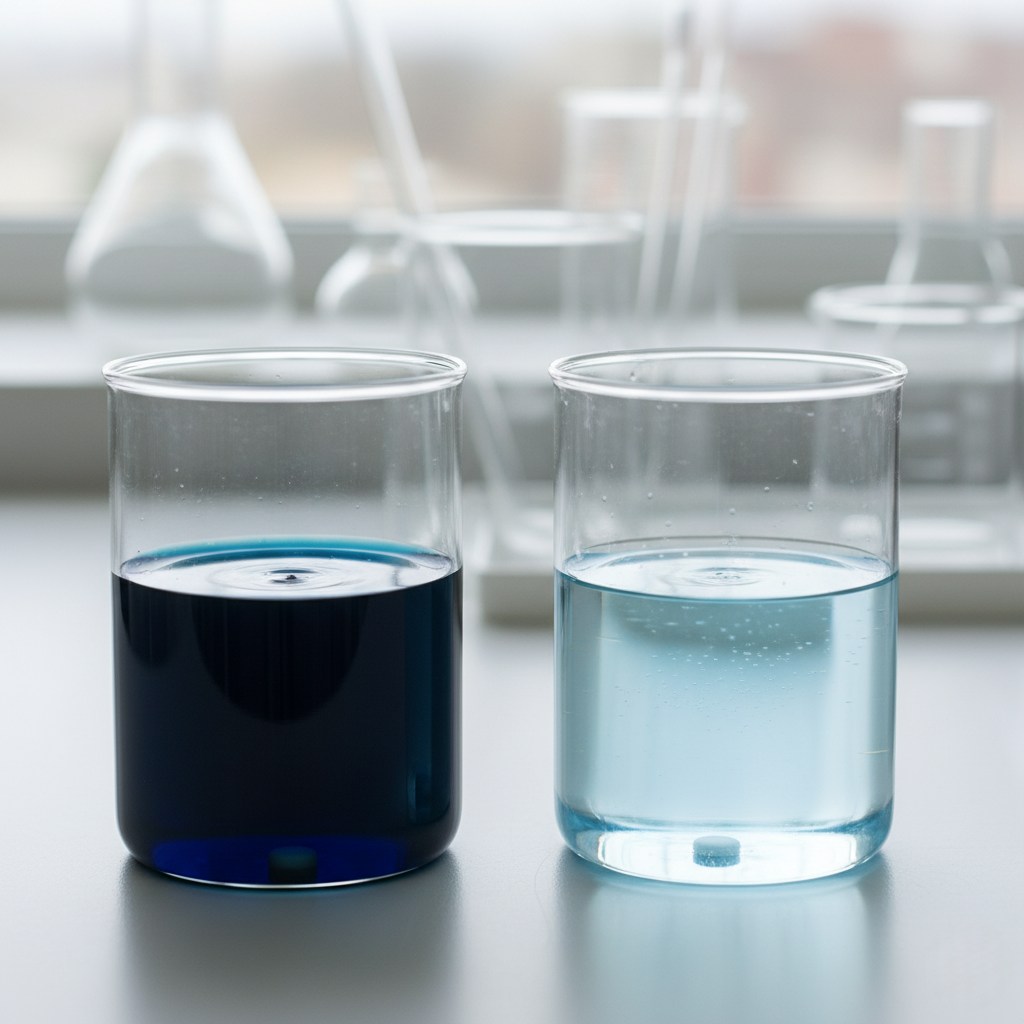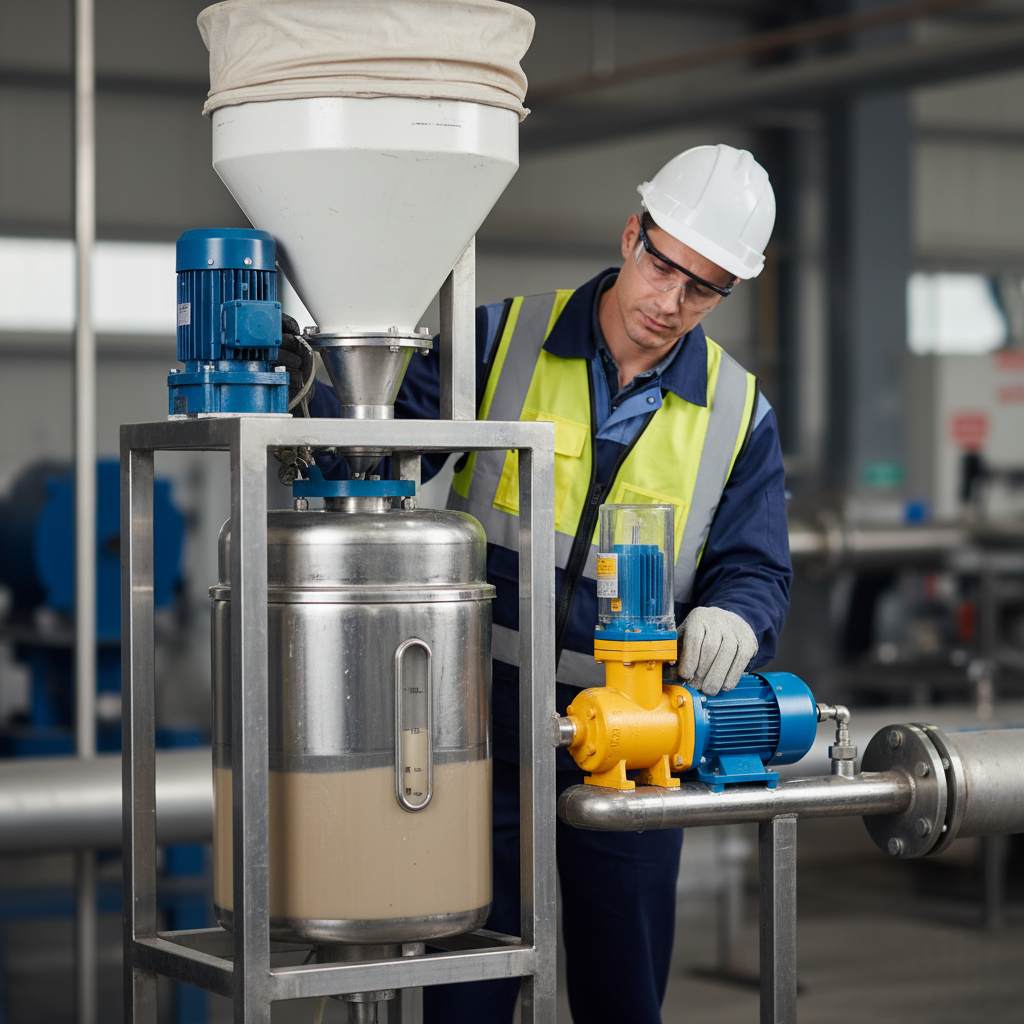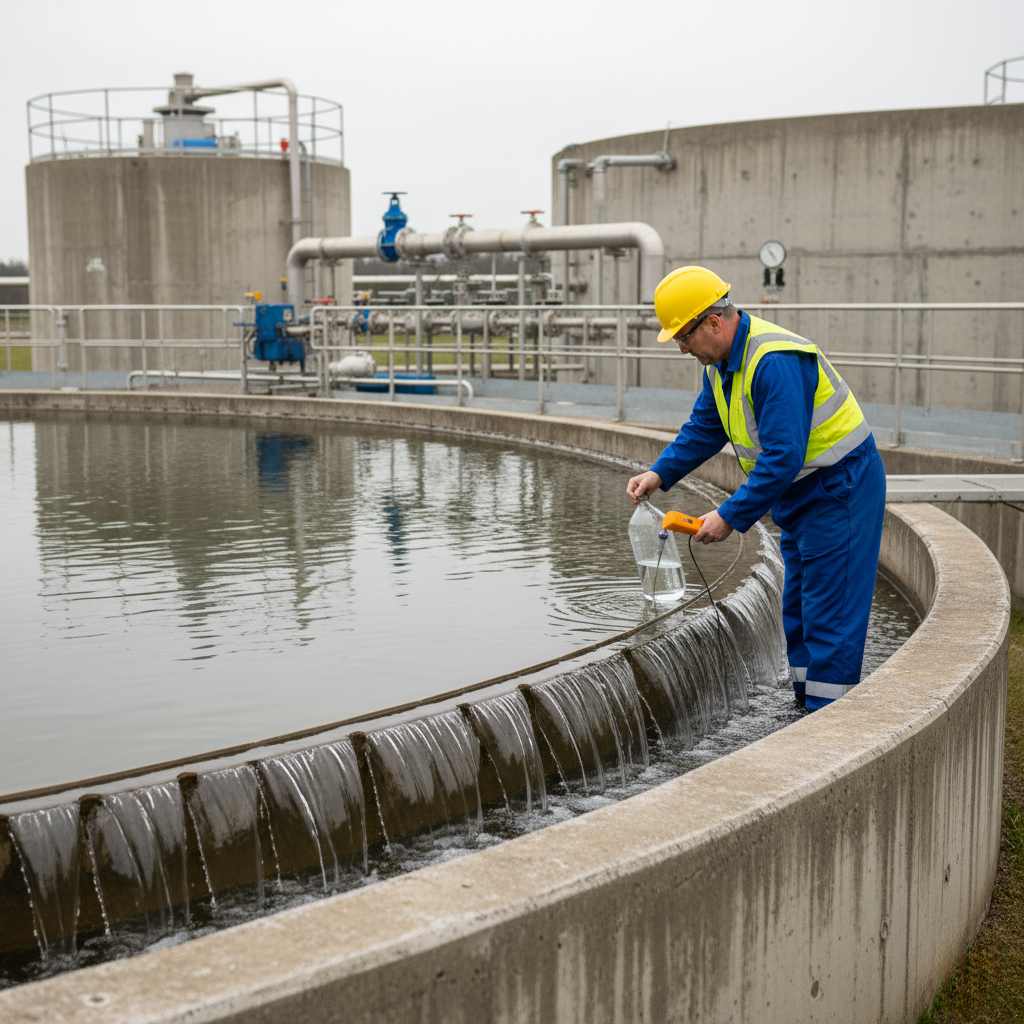The Unseen Challenge in Your Industrial Effluent
Beyond Conventional Contaminants: The New Regulatory Landscape
In today’s industrial environment, wastewater is no longer a simple byproduct but a complex liability and a direct reflection of operational integrity. Regulatory bodies worldwide impose increasingly stringent discharge limits, targeting traditional pollutants and a new generation of recalcitrant and hazardous compounds. Consequently, facilities that once relied on basic primary and secondary treatment now face the immense pressure of non-compliance, risking substantial fines, operational shutdowns, and lasting damage to their corporate reputation. Therefore, the central challenge has evolved: it is no longer about simply treating water, but mastering a complex chemical stream that conventional methods cannot conquer.
Powdered Activated Carbon (PAC): A High-Impact Adsorption Solution
In response to this escalating challenge, Powdered Activated Carbon (PAC) emerges as a strategic, high-performance solution, not merely another treatment step. Unlike passive filtration media, PAC functions as an aggressive adsorbent. Its immense surface area and intricate network of microscopic pores create a powerful molecular magnet, actively attracting and capturing a vast spectrum of dissolved organic and inorganic pollutants. PAC provides a decisive intervention when introduced into a wastewater stream, polishing the effluent to a degree that other technologies struggle to achieve efficiently or economically. Therefore, its role is pivotal: providing a robust barrier that ensures compliance and protects the environment.
Deconstructing the Problem: Key Contaminants Targeted by PAC
Neutralizing Recalcitrant Organics and Persistent Dyes
Many industrial processes, particularly in the textile, chemical, and pharmaceutical sectors, generate wastewater laden with complex organic compounds and synthetic dyes. These molecules are often “recalcitrant,” meaning they resist biological degradation in conventional activated sludge systems. As a result, they persist through the treatment train, causing color, toxicity, and high Chemical Oxygen Demand (COD) in the final effluent. PAC directly overcomes this issue. Its vast network of macropores and mesopores is perfectly sized to trap these large, complex organic molecules, effectively stripping color and reducing COD to compliant levels.

Adsorbing Heavy Metals and Toxic Compounds
The discharge of heavy metals—such as mercury, lead, chromium, and cadmium—is under severe regulatory scrutiny due to their extreme toxicity and tendency to bioaccumulate. These inorganic pollutants originate from diverse industries, including mining, electroplating, and battery manufacturing. PAC demonstrates significant efficacy in its removal through physical adsorption and chelation. By functionalizing the carbon surface, manufacturers can enhance its affinity for specific metal ions, creating a targeted solution that captures these toxic elements and prevents their release into receiving waters.
Eliminating Endocrine Disruptors and Pharmaceutical Residues
The most insidious modern contaminants are endocrine-disrupting compounds (EDCs) and active pharmaceutical ingredients (APIs). These micropollutants can have profound ecological impacts even at parts-per-trillion concentrations. They pass through municipal wastewater plants largely untreated, posing a significant threat. Industrial facilities are a primary source of these compounds. However, the microporous structure of high-quality PAC is exceptionally effective at adsorbing these relatively small but potent molecules, providing a critical final barrier essential for protecting downstream ecosystems and public health.
The PAC Implementation Blueprint for Industrial Facilities
Integrating a PAC Dosing System: Key Considerations
Effectively deploying PAC requires more than simply adding it to a tank; it demands a thoughtfully engineered system designed for precision and reliability. Integrating an existing treatment plant typically involves a dedicated PAC slurry preparation and dosing unit. Key components and considerations include:
- Storage and Handling: A silo or hopper for storing the bulk PAC powder, equipped with a dust collection system to ensure operator safety and environmental cleanliness.
- Slurry Preparation: A mixing tank where PAC is wetted and blended with water to a specific concentration, typically between 5-15%. This ensures the carbon is fully dispersed and activated before injection.
- Dosing Pumps: Precision metering pumps (often peristaltic or diaphragm pumps) are essential for accurately injecting the PAC slurry into the wastewater stream at a controlled, adjustable rate.
- Injection Point: The point of injection is critical. It must be located to provide adequate mixing and contact time for the adsorption process to reach equilibrium. Often, this is just upstream of a clarifier, coagulation tank, or dedicated contact chamber.

Optimizing Performance: Contact Time, pH, and Dosage Rates
Achieving peak adsorption efficiency is a dynamic process governed by several key operational parameters. Simply dosing more PAC is not always the most effective or economical solution. Instead, operators must balance the following factors:
- Dosage Rate: The required PAC dose highly depends on the influent pollutant concentration and the target effluent quality. Bench-scale and pilot testing are crucial for determining the optimal dose, ranging from 20 mg/L to over 200 mg/L.
- Contact Time: Adsorption is not instantaneous. Sufficient contact time, typically 20 minutes to over an hour, is necessary for the pollutant molecules to migrate from the water and bind to the carbon surface. The system must be designed to provide this residence time.
- pH and Temperature: The surface charge of activated carbon and the speciation of pollutants can be influenced by pH. Generally, a neutral or slightly acidic pH is favorable for adsorbing most organics. Temperature can also affect adsorption kinetics, though its impact is typically less pronounced than other factors in standard operating ranges.
- Mixing Energy: Vigorous and complete mixing at the injection point ensures that every PAC particle makes intimate contact with the wastewater. This prevents settling and maximizes the use of the carbon’s adsorptive capacity.
Application in Focus: Treating Chemical Manufacturing Effluent
The Problem: A specialty chemical manufacturing facility, “Synthova Chemicals,” was facing a critical compliance crisis. Their effluent consistently exceeded the 500 mg/L Chemical Oxygen Demand (COD) discharge limit set by the local municipality, with peaks reaching 2,000 mg/L. The source was a complex mixture of biorefractory organic synthesis byproducts that their existing biological treatment system could not break down.
The Solution: A PAC injection system was identified as the most effective polishing step after a comprehensive treatability study. A system was designed to dose a 10% PAC slurry into a rapid mix tank just ahead of the final clarifier, providing an average contact time of 45 minutes.
Implementation and Results: Pilot testing determined that an average PAC dose of 150 mg/L was sufficient to reduce the COD to below the regulatory threshold consistently. Following the full-scale installation, Synthova Chemicals observed immediate and dramatic results.

| Metric | Before PAC Implementation | After PAC Implementation |
|---|---|---|
| Average Influent COD | 1,800 mg/L | 1,800 mg/L |
| Average Effluent COD | 950 mg/L | 320 mg/L |
| Compliance Achievement | 40% of the time | 99.5% of the time |
| Regulatory Fines | Frequently | Eliminated |
Implementing the PAC system brought the facility into full compliance. It provided crucial operational stability, protecting it from the financial and reputational risks of environmental violations.
Strategic Advantages Beyond Regulatory Compliance
Cost Reduction Through Chemical Savings and Reduced Surcharges
While a PAC system represents a capital investment, it can generate significant operational savings beyond avoiding non-compliance fines. PAC can reduce the load on downstream processes by adsorbing complex organics, potentially lowering the required dosage of expensive coagulants, flocculants, or advanced oxidation chemicals. Furthermore, consistently meeting pretreatment standards for facilities discharging to municipal systems eliminates the costly surcharges often levied for high-strength wastewater, leading to a more predictable and lower operational expenditure.
Enabling Water Reuse and Closing the Sustainability Loop
In an era of increasing water scarcity and corporate sustainability goals, the ability to reuse process water is a decisive competitive advantage. The exceptional polishing capability of PAC can elevate treated effluent to a quality suitable for non-potable reuse within the facility, such as for cooling tower makeup, utility washing, or even specific process inputs. This circular approach drastically reduces freshwater intake and wastewater discharge volumes, delivering on environmental commitments and long-term financial objectives.
The Future: Hybrid Systems and Sustainable PAC Sourcing
The evolution of PAC technology continues. Research actively explores hybrid systems that combine PAC with membrane filtration (e.g., PAC-MF/UF) or biological processes to create even more powerful and compact treatment solutions. These systems can achieve unparalleled effluent quality. In addition, the industry is making significant strides in sustainable PAC sourcing, utilizing renewable raw materials like coconut shells and developing energy-efficient reactivation methods. These innovations promise to make PAC an even more environmentally sound and economically viable solution for the future of industrial wastewater treatment.
Engineer Your Advanced Wastewater Treatment Strategy
Why PAC is an Indispensable Tool for Modern Industry
Powdered Activated Carbon is far more than a simple additive; it is an enabling technology. It allows industrial facilities to decisively remove the most challenging pollutants, transforming a volatile liability into a managed, compliant process. From ensuring regulatory peace of mind to unlocking new opportunities in water reuse and operational efficiency, PAC offers a level of performance and versatility that is essential for navigating the complexities of modern industry. It is the key to mastering your wastewater journey’s final, most critical stage.
Your Next Step: Request a Complimentary Wastewater Treatability Assessment
The theoretical benefits of PAC are clear, but its actual value is revealed in its application to your unique wastewater stream. Take the definitive step toward solving your most complex treatment challenges. Contact our specialists today to arrange a complimentary wastewater treatability assessment. We will help you quantify the impact of PAC on your effluent and design a solution engineered for compliance, efficiency, and peace of mind.

